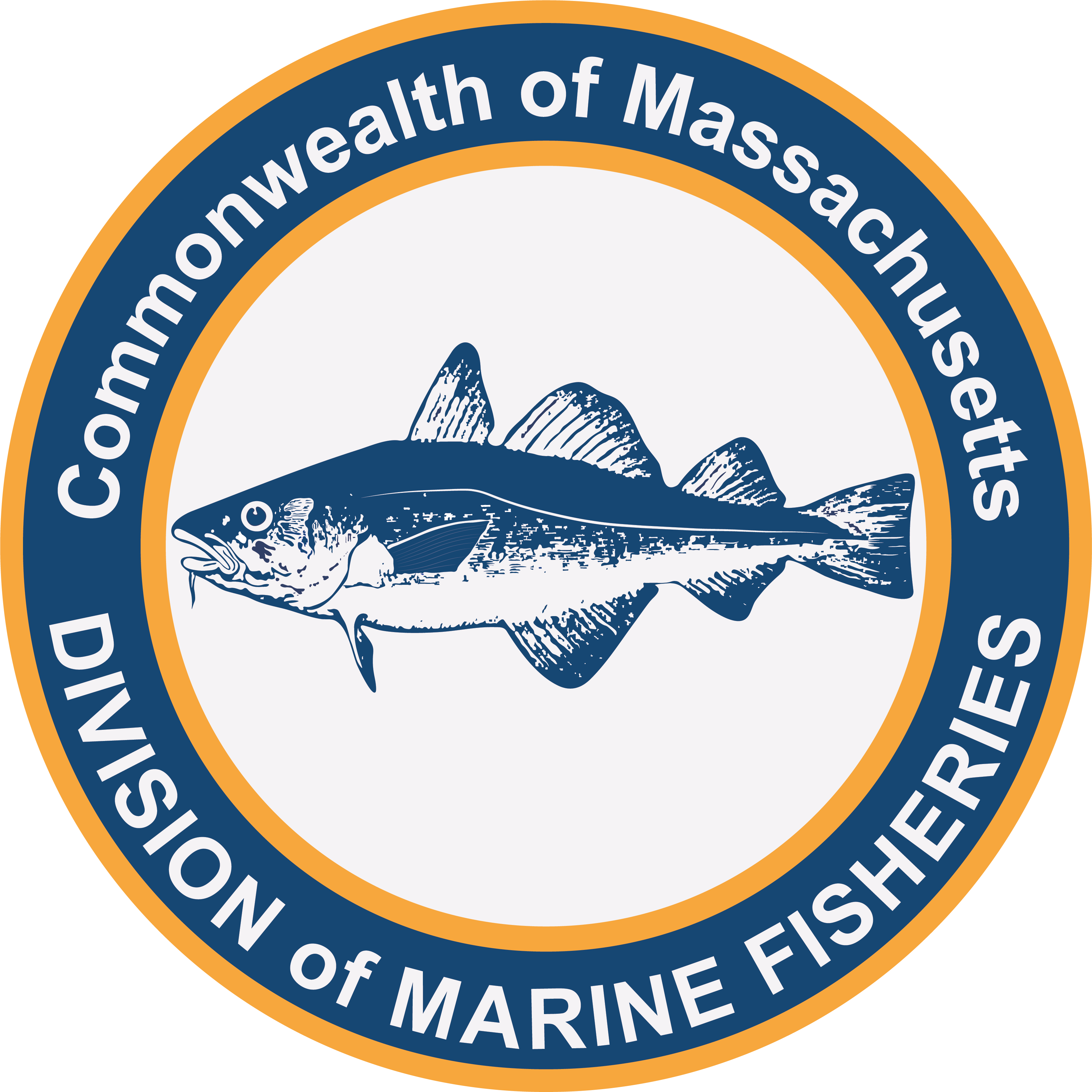- Division of Marine Fisheries
Below find the changes made to DMF fishing rules by regulation, emergency action, and in-season adjustment from July 1–December 31, 2024. Regulatory changes follow an extensive public process and remain in effect permanently unless otherwise amended; emergency actions go into effect immediately upon adoption without public comment but for a period of 90 days only (unless extended on a permanent basis following the public process); and in-season adjustments go into effect immediately upon adoption after a truncated public process but affect that calendar year only.
Lobster Management (322 CMR 6.02). DMF promulgated a series of regulatory changes affecting the harvest and possession of lobsters by commercial and recreational fishers and the possession and sale of lobsters by seafood dealers. This included a series of changes to be phased in over time affecting minimum and maximum carapace size standards, v-notch possession rules, and minimum escape vent sizes for traps. This action was taken to comply with Addenda XXVII and XXXI to the Interstate Fishery Management Plan for American Lobster. These addenda were developed to increase the spawning stock biomass of the Gulf of Maine/Georges Bank lobster stock by proactively implementing measures in response to declining recruitment trends and an anticipated decline in stock abundance driven primarily by environmental factors.
Commercial Fishery. Effective for the 2025 permit renewal season, permit holders authorized to fish traps in Lobster Conservation Management Areas (LCMAs) 1 and 3 will no longer be issued annual trap tags in excess of their trap allocation (i.e., an additional 10%) to pre-emptively cover trap loss. Then, the first in a series of changes to biological measures will go into effect on July 1, 2025 when the LCMA 1 minimum carapace size will be increased by 1/16” from 3 1/4” to 3 5/16” and a standard maximum carapace size of 6 3/4” and v-notch possession rule of 1/8” depth with or without setal hairs will be adopted for the Outer Cape Cod LCMA. Currently, the Outer Cape Cod LCMA has disparate rules for state-only permit holders and federal permit holders and this action brings the rules affecting state-only permit holders in line with the current rules for federal permit holders. Moving forward, a series of additional changes are scheduled to go into effect from 2027 to 2029. On July 1, 2027, the minimum carapace size for LCMA 1 will again be increased by 1/16” from 3 5/16” to 3 3/8”. On July 1, 2028, the minimum escape vent sizes for lobster traps in LCMA 1 will be increased from 1 15/16” by 5 3/4” to 2” by 5 3/4” (rectangular vents) and from 2 7/16” diameter to 2 5/8” diameter (circular vents). This is consistent with the escape vents used in other LCMAs with a minimum carapace size of 3 3/8”. Lastly, on July 1, 2029, the maximum carapace size for the Outer Cape Cod LCMA and LCMA 3 will be reduced from 6 3/4” to 6 1/2”.
Seafood Dealers. With the above-described changes to the carapace size and v-notch rules affecting the commercial harvest of lobster, the corresponding standards for seafood dealers are also being amended. These changes will enable seafood dealers to continue to possess lobsters with the smallest minimum carapace size, largest maximum size, and least restrictive v-notch standard among the various US jurisdictions. The changes are being implemented in two parts. Immediately upon implementation of each change to the commercial carapace size and v-notch standards, seafood dealers who are primary buyers will be prohibited from purchasing non-conforming lobsters from commercial fishers. However, seafood dealers will be given a three-month grace period after each change to the commercial fishing regulations (i.e., through September 30 of that year) whereby they are allowed to possess lawfully purchased non-conforming lobsters to allow them to liquidate existing inventory.
Recreational Fishery. Persons who fish in the Gulf of Maine and Outer Cape Cod Recreational Areas will also be subject to changing minimum and maximum carapace size standards and escape vent rules to match what is occurring in the commercial fisheries in LCMAs 1 and Outer Cape Cod. However, these recreational changes will go into effect on May 1—for the start of the recreational fishing season—rather than in-season on July 1, like the commercial fishery. Accordingly, for May 1, 2025, recreational fishers in the Gulf of Maine Recreational Area will have a new minimum carapace size of 3 5/16”, increasing from 3 1/4”, and recreational fishers in the Outer Cape Cod Recreational Area will have a new maximum carapace size of 6 3/4”. Note that state-wide the recreational fishery is already subject to a v-notch possession standard of 1/8” with or without setal hairs, so this rule will not be changing.
2025 Period I Summer Flounder Limits (322 CMR 6.22). In response to recent fishery performance and quota expectations for the coming year, DMF enacted an in-season adjustment to reduce the 2025 Period I (January 1 – April 22) commercial trip limit for summer flounder from 5,000 pounds to 2,000 pounds. Additionally, DMF did not reauthorize the so-called “Multi-State Program” for 2025. In prior years, this program allowed vessels permitted to land summer flounder in multiple states to possess non-conforming quantities of summer flounder when offloading a state’s limit provided fish destined for each state is segregated and clearly labeled and the limit for each state is not exceeded.
